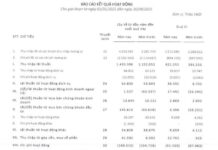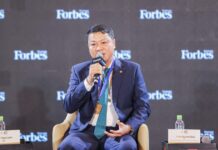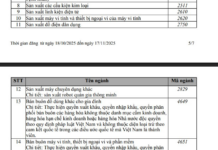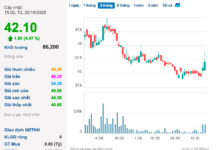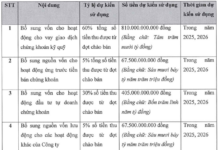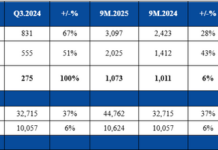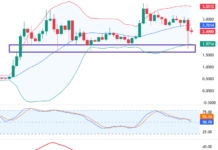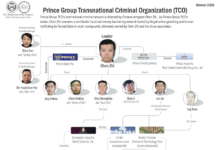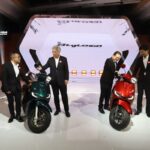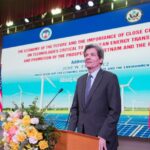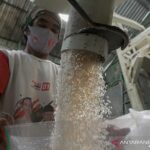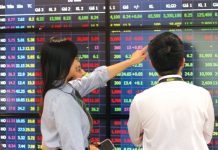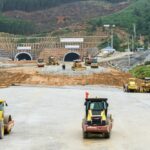
Illustration photo
According to Reuters, Hyundai and LG Energy have officially opened their first battery factory in Southeast Asia with a $1.1 billion plant in Indonesia, a 50-50 joint venture.
The inauguration of the battery plant on July 4th is part of Indonesia’s efforts to boost the global electric vehicle supply chain. The country has the world’s largest reserves of nickel, a key component in electric vehicle and steel production.
Jakarta has stepped up efforts in recent years to attract investment in nickel processing for battery and automobile manufacturing. Chinese automaker BYD and Vietnamese electric vehicle maker VinFast will begin electric vehicle production in Indonesia this year, while Indonesian officials say CATL, the world’s largest electric vehicle battery maker, will also start building a battery plant this year.
The South Korean companies inaugurated the plant in Karawang, a city east of the capital, Jakarta. This is the first plant in Indonesia and will have an annual production capacity of 10 GWh. The battery cells will be used in Hyundai and Kia electric vehicle models. Indonesian officials also said about 90% of the plant’s output will be exported to South Korea and India.
President Joko Widodo’s nickel ore export ban in 2020 forced foreign companies to invest in the market. Much of that investment came from Chinese companies in nickel processing. Indonesia has been offering incentives such as tax breaks to attract nickel and electric vehicle-related investments from around the world. Hyundai said in 2021 that the Indonesian government had agreed to provide various incentives and rewards to support the stable operation of their battery plant.
Since Hyundai and LG Energy first announced their plans to open a battery factory in Indonesia, demand for electric vehicles has slowed. However, analysts say the country will benefit from the global shift towards cleaner transportation.
“Indonesia is in the early stages of electric vehicle production and will benefit from increased profits in the long run, regardless of whether electric vehicles move at a fast or slow pace,” said Kai Wei Ang, ASEAN economist at BofA Securities.
Indonesia aims to achieve a production capacity of 600,000 battery electric vehicles (BEVs) by 2030. Thus, Hyundai’s production of 50,000 Kona Electric sedans annually will significantly contribute to Indonesia’s manufacturing capabilities. This output is estimated to reduce CO2 emissions by about 160,000 tons, reduce fuel imports by 45 million liters, and save fuel subsidies of up to IDR 131 billion (USD 8 million) annually, with potential for further increases.
Additionally, with Kona Electric using domestically produced LG batteries, the local content value (TKDN) of electric vehicles, initially at 40%, could increase much higher, reaching nearly 80%. This is a first step in encouraging increased value-added from domestic manufacturing.
“The establishment of this lithium-ion battery ecosystem and electric vehicle industry not only positions Indonesia as a regional leader but also underscores our commitment to reducing carbon emissions, improving air quality, and enhancing the quality of life for our citizens,” said Kai Wei Ang.
According to Reuters
Vietnam’s $4.6 billion ‘Treasure’ triumphs, neighboring countries receive bad news
Vietnam’s “treasure” continues to maintain its top position in the world. Meanwhile, neighboring countries are eagerly awaiting more positive signals.









